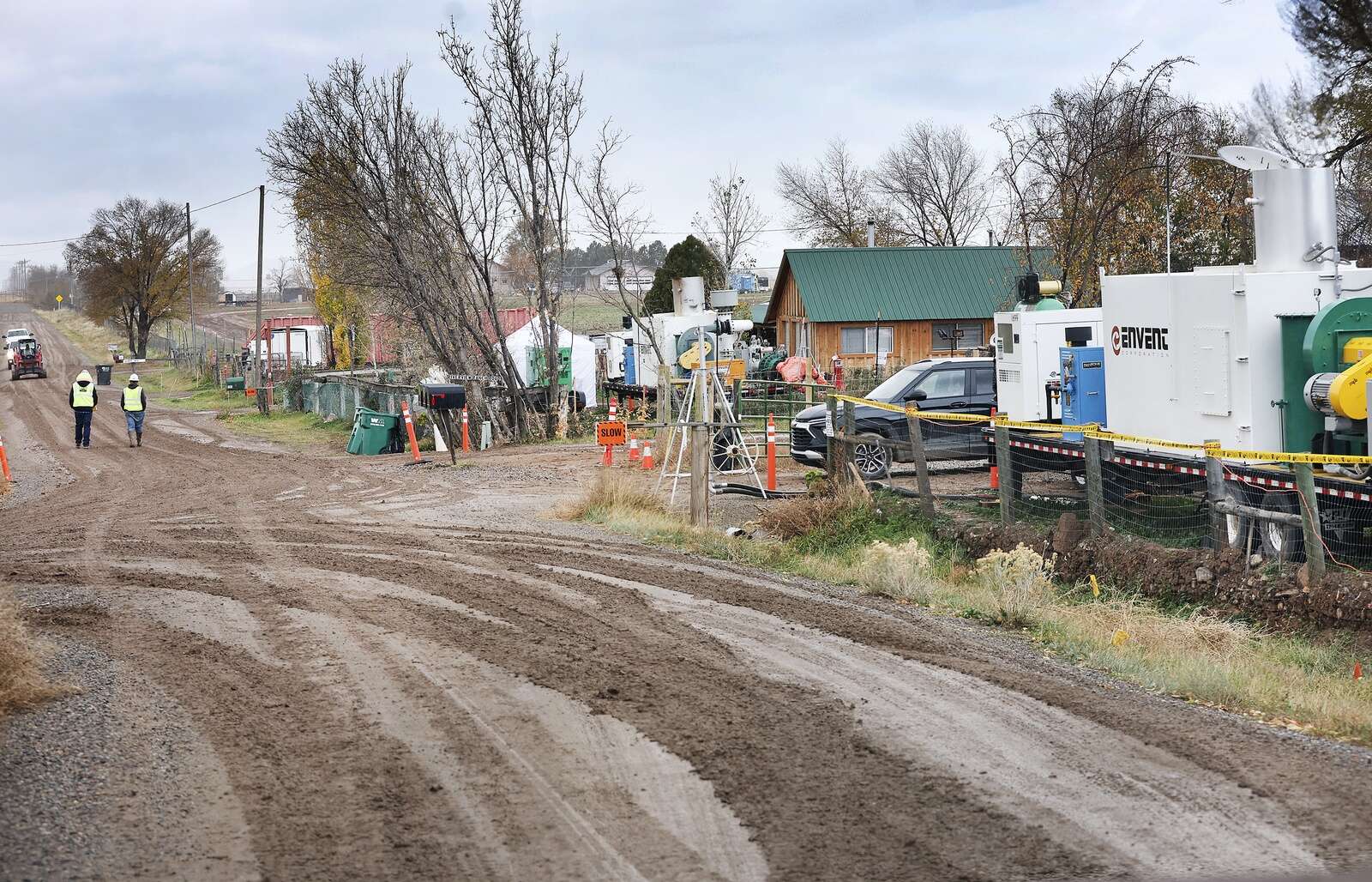Enhance Your Memory: The Roman Room Technique Explained

As the population ages, maintaining mental sharpness becomes increasingly important. The “Roman Room” memory technique, also known as the Method of Loci, offers a potential solution for those seeking to improve memory retention. This method has gained attention for its practical approach to organizing information in a way that enhances recall, making it particularly useful for individuals experiencing memory challenges.
Understanding Brain Training
The concept of brain training encompasses various activities designed to improve cognitive function and memory. Engaging in puzzles, learning new skills, or even playing games can contribute to mental agility. Despite ongoing debates regarding the effectiveness of these exercises, some studies suggest that they can foster improvements in specific cognitive areas.
Research published in Frontiers in Human Neuroscience in 2019 highlighted that while there is a debate about the scientific basis for brain training, individuals participating in structured brain training programs tend to see benefits. These improvements may extend to other computerized tasks, although the transferability of skills remains limited. Factors such as motivation play a crucial role in cognitive development.
One study assessing the brain training program Lumosity involved 51 healthy participants engaging in cognitive activities for 15 minutes daily over three weeks. Researchers noted enhancements in attention and motor speed, indicating that even brief training sessions could yield positive outcomes.
The Roman Room System Explained
The Roman Room System utilizes visualization techniques to aid memory. Participants are encouraged to imagine a familiar space, such as their home or office, and associate specific objects within that space with the information they wish to remember. For example, one could visualize their bedroom and connect various items—like a lamp or a desk—with different concepts or facts.
This technique allows individuals to mentally navigate through their chosen space, retrieving information by recalling the associated objects. To maximize the effectiveness of the Roman Room System, one can extend this concept to a series of rooms, categorizing information according to the specific areas of the mental layout. This approach creates a “cognitive map,” facilitating the organization and retrieval of unordered information.
While the theory behind this method posits that engaging in mentally stimulating activities can enhance neuroplasticity—the brain’s ability to create new neural connections—evidence supporting this claim is still limited. Nevertheless, integrating the Roman Room technique into daily routines could provide practical benefits for memory retention.
In addition to mental exercises, maintaining physical activity is essential for cognitive health. A wealth of research demonstrates that even moderate exercise can significantly enhance cognitive function. Incorporating regular movement into one’s daily routine may complement memory training techniques effectively.
As individuals seek to maintain their mental acuity as they age, exploring methods such as the Roman Room System may offer valuable strategies. Combining these techniques with physical exercise could create a holistic approach to cognitive health, ultimately supporting individuals in their pursuit of lifelong mental sharpness.






